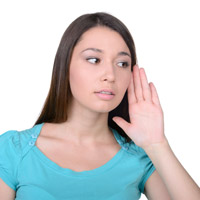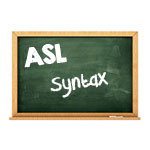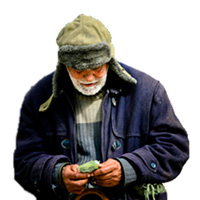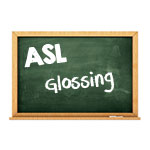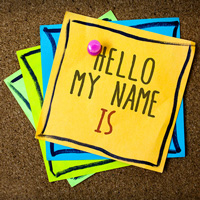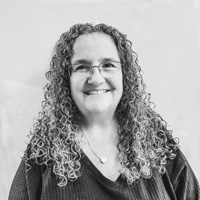Articles by MARTA BELSKY
Incidental Information You Don't Get when You're Deaf
Hearing people have access to “incidental information” all the time. They overhear conversations, they hear comments and remarks on the radio and television. Even background noises count as incidental information. This is called “hearing privilege.” You don’t even think about it happening because it just does. How often can you actually pinpoint the exact moment you learned a new piece of information? Most of us forget where or how we came by the knowledge we have. We just know what we know. Here are some examples of when hearing people get information that deaf people do not...
ASL Syntax
In addition to having its own vocabulary, American Sign Language also has its own grammar and syntax that differs from English.
Why Not to Buy Manual Alphabet Cards from Peddlers
We are constantly posting tips, facts, and learning resources related to sign language and Deaf culture on our Twitter @SigningSavvy. Occasionally we get questions about our tweets and explain them further with a followup article, like this one: At the airport I was approached by a deaf person selling manual alphabet cards. Should I buy one? Answer: No! No! No! #Deaf #ASL
ASL glossing and conventions
Since ASL is a visual-gestural language, not a spoken consecutive language, it can only truly be recorded in video and not captured in writing. Many writing systems have been developed for ASL, but none of them have reached a critical mass, probably because it is difficult to capture handshape, location, palm orientation, movement and non-manual signals in a written word. For that reason, when scribing ASL, many people rely on the linguistic convention called "glossing," which means writing a word in your native language for each sign that appears. This is not a perfect system, but it can be useful when discussing the syntax of other languages, signed or spoken.
